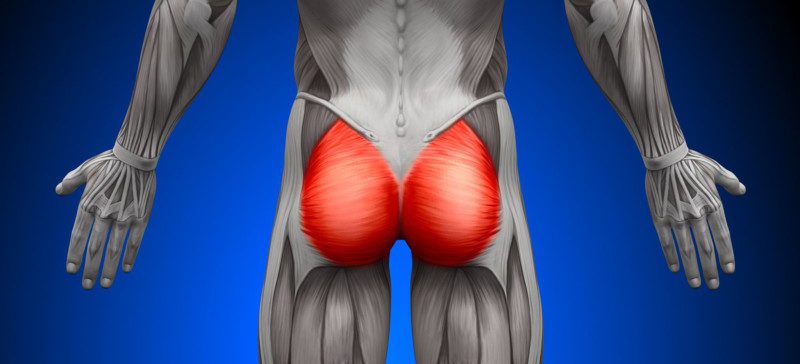The Difference Between Tailbone Bruises & Fractures
Category: Spine Pain | Author: Stefano Sinicropi

We’ve all slipped and landed hard on our behinds at some point in our lives. Whether you missed a step walking down the stairs or you slipped on a patch of ice during a cold Minnesota winter, you know what it’s like to end up on your tailbone. Thankfully you have some natural padding down there to protect your tailbone, but acute trauma can still result in bruising or tailbone fractures. Today, we look at the two injuries and explain the differences of each.
Tailbone Bruising Vs. Fractures
Your tailbone, also known as your coccyx, is actually the collection of three to five small bones located at the base of your spine. An injury to any of these bones would be considered a tailbone injury. Symptoms of both injuries are pretty similar, and include:
- Pain or tenderness in the lower back or buttocks
- Numbness when sitting
- Bruising or swelling near the base of your spine
Since symptoms are similar, it’s hard to gauge what type of injury you’ve suffered based on what you’re experiencing. The easiest way to determine which injury you’re dealing with is to visit a spine specialist. They’ll conduct a physical exam and confirm their suspicions through the use of X-ray or another imaging technique.
Treating Tailbone Pain
Like symptom prevalence, treatment for tailbone bruises and fractures are similar. You’ll want to take pressure off the area, so you may want to invest in a donut or cushion to provide comfort when sitting, and you’ll also want to ice the area, avoid any physical activities that cause pain, and manage any discomfort with over-the-counter medications. If a doctor examined your injury, they may prescribe another type of pain medication, which should be taken as directed as your tailbone heals.
In general, a bruised tailbone will heal in roughly 2-4 weeks, while a fractured tailbone will take anywhere from 8-12 weeks of conservative treatment to fully heal. If you’re still dealing with symptoms after three months of conservative care, other approaches may be necessary. This can involve corticosteroid injections or surgery to remove part of the tailbone, although surgery is generally viewed as the last option. However, should your X-ray reveal that the tailbone fracture is jeopardizing other structures, or if symptoms worsen throughout your recovery, surgery may be a necessity earlier in the healing process.